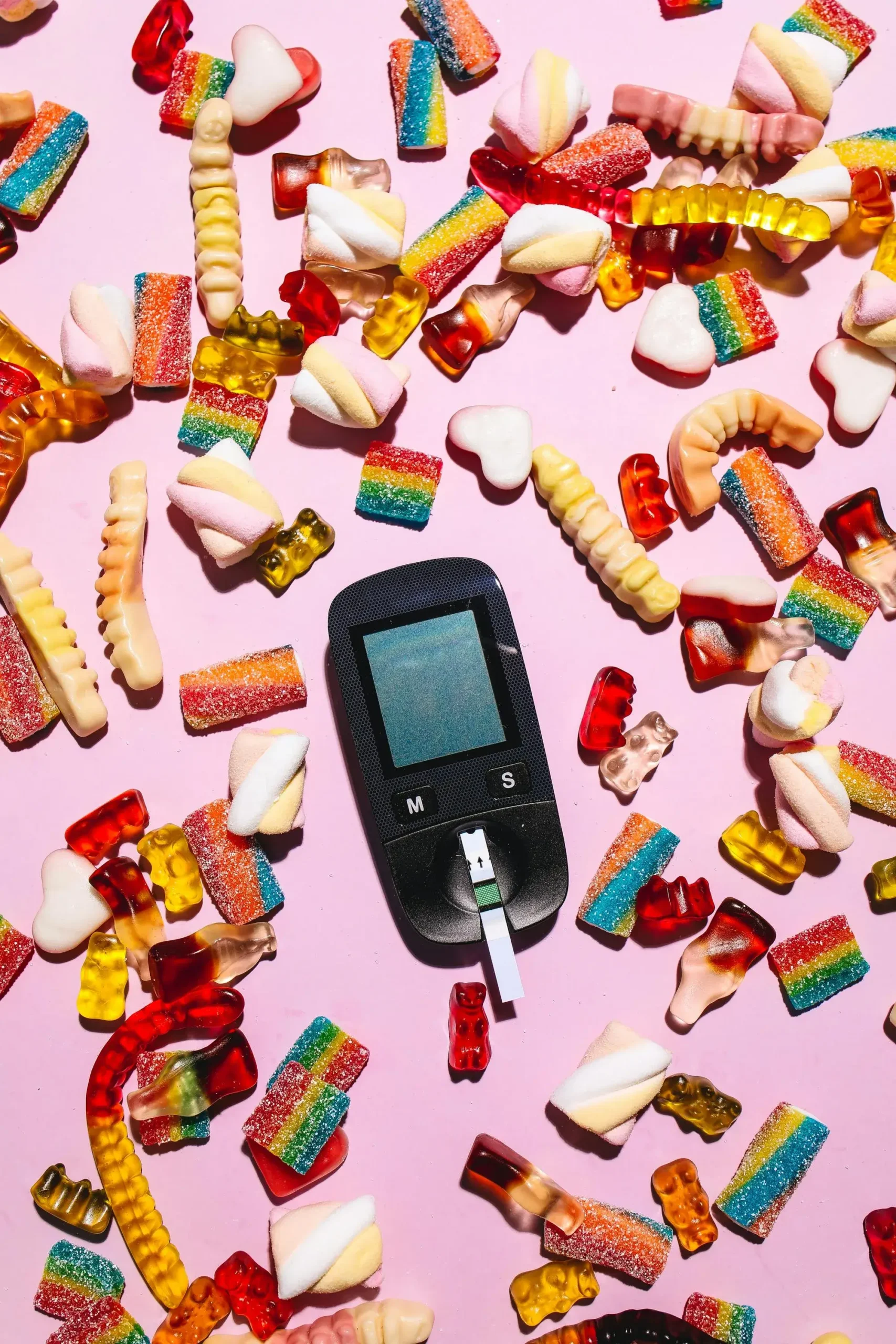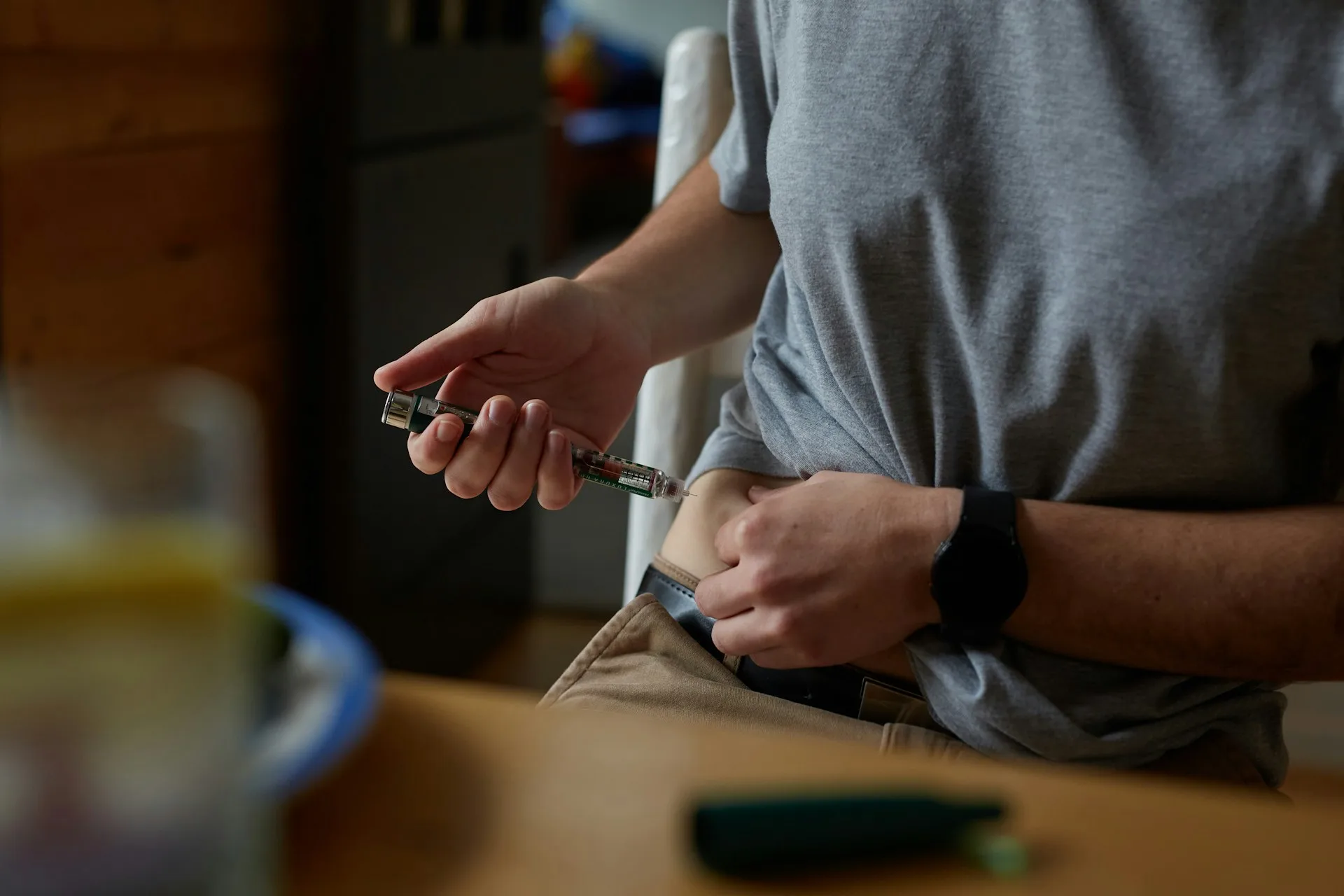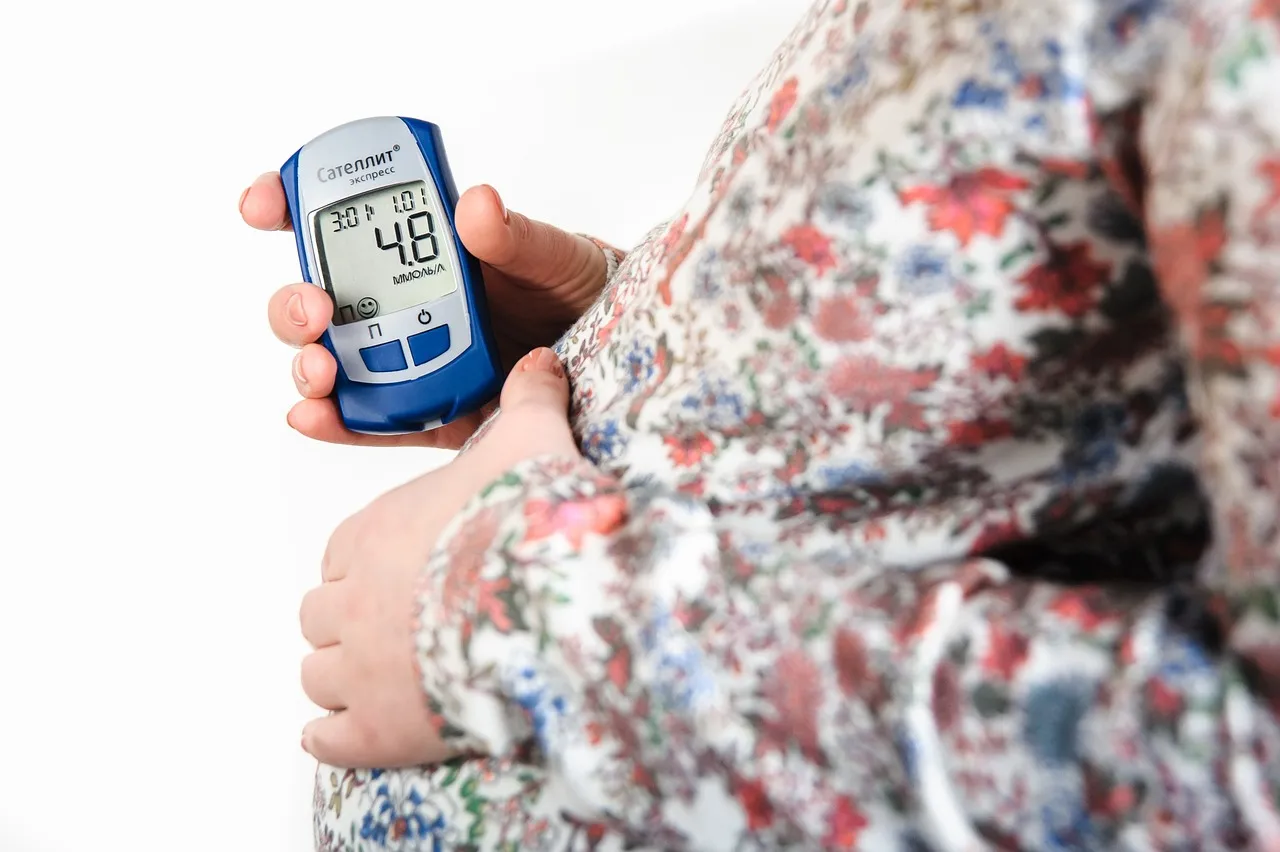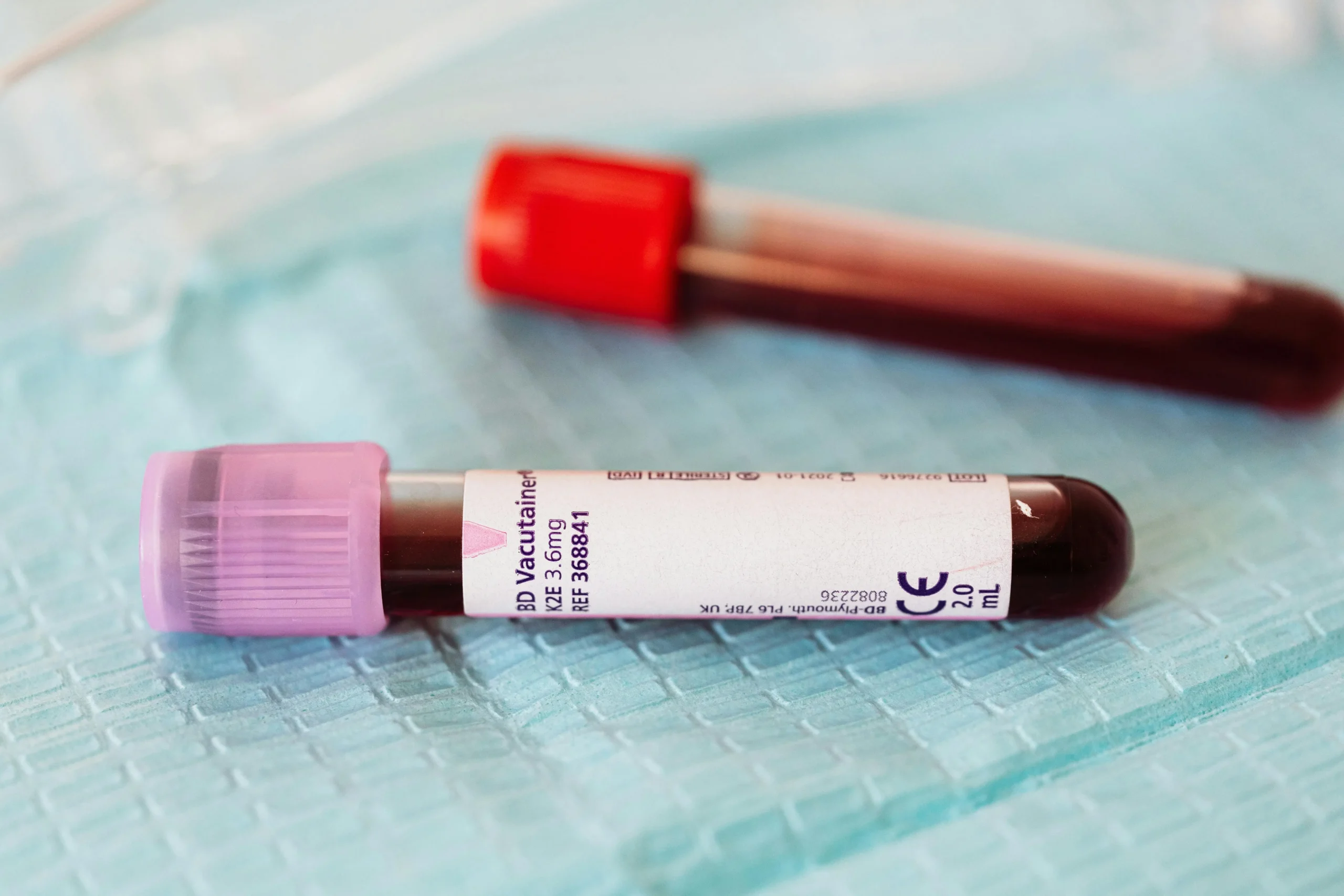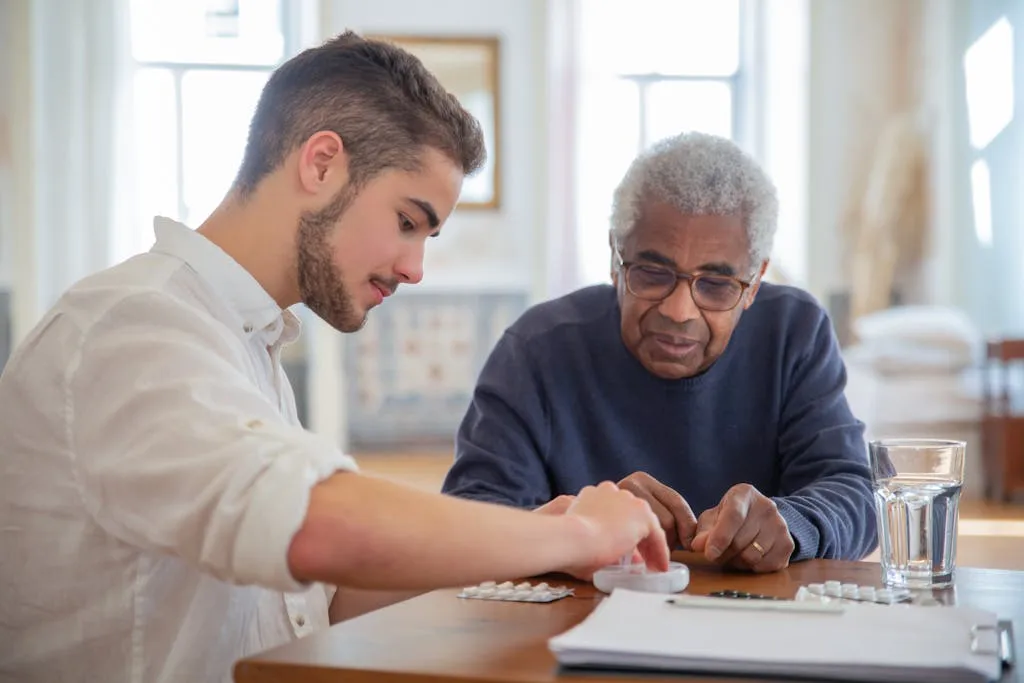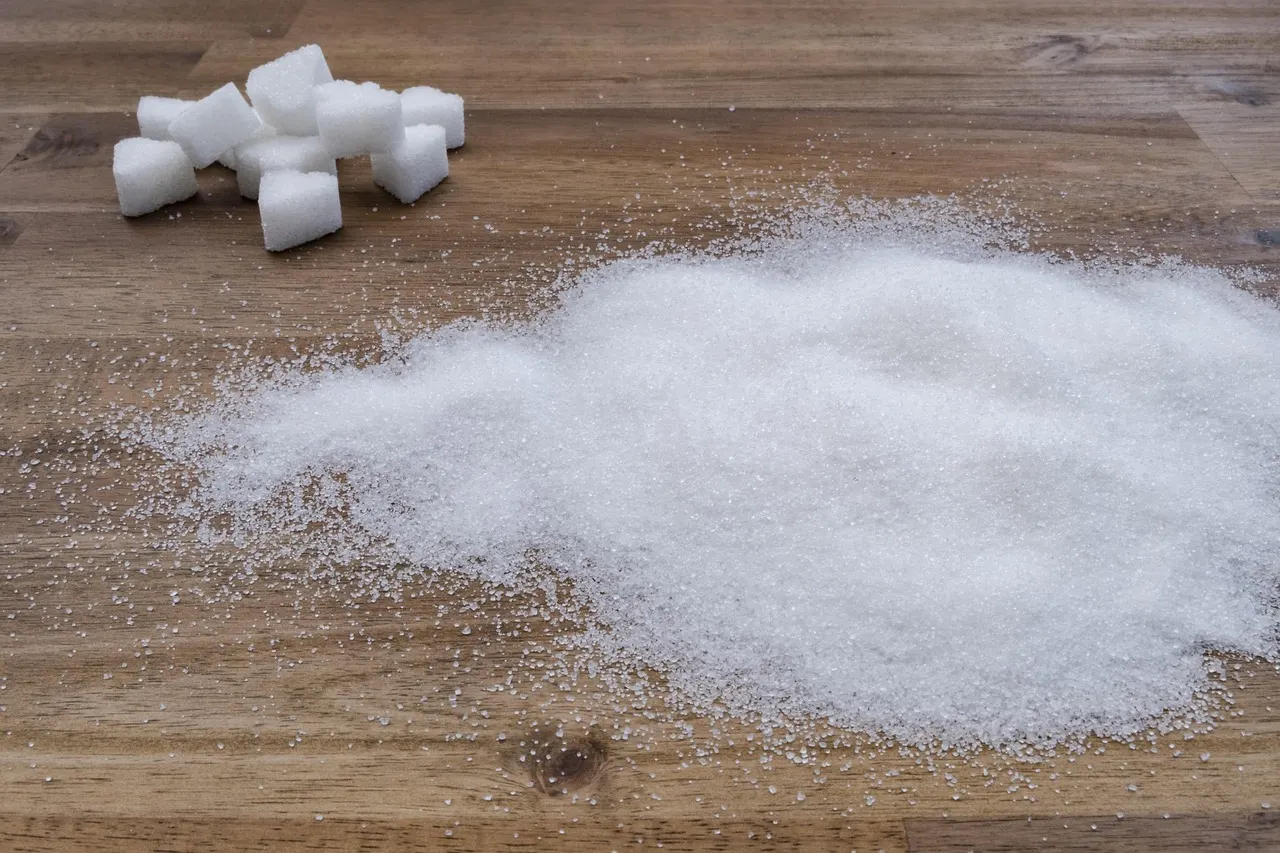Diabetic ketoacidosis (DKA) is a life-threatening complication of diabetes that happens when the body doesn’t produce enough insulin.
DKA is an acute complication of diabetes, meaning it has a sudden onset and becomes severe within a short period of time. Other acute complications of diabetes include: hypoglycemia and hyperglycemic hyperosmolar state (HHS).
DKA occurs in those living with diagnosed or undiagnosed diabetes. Actually, presenting to the emergency department with DKA is how a lot of people find out that they have diabetes. This is especially true for young children and adolescents with undiagnosed type 1 diabetes.
14% of all hospital admissions of diabetes patients and 16% of diabetes-associated deaths are due to DKA. DKA is more common in people with type 1 diabetes than those with type 2 diabetes. People with type 2 diabetes are more likely to get HHS.
How does diabetic ketoacidosis (DKA) develop in people with diabetes?
Insulin, a hormone produced by cells in your pancreas, allows your body’s cells to take up glucose (sugar) from the blood and use it to make energy.
When you don’t have enough insulin, the body starts to break down stored fat for energy. In the liver, the process of fat break down produces chemicals called ketones. Continued fat break down causes ketones to build up in your blood, making it acidic. This is what is referred to as ketoacidosis.
Also, lack of insulin causes dangerously high levels of sugar to accumulate in the blood. Your kidneys try to get rid of the excess sugar by constantly passing it in the urine. This frequent passing of urine can cause dehydration.
What triggers DKA in people with diabetes?
Living with undiagnosed and therefore untreated diabetes increases your chances of getting DKA.
If you are living with diagnosed diabetes, missing insulin doses, taking insufficient insulin, insulin pump problems, and injecting yourself with expired or improperly stored urine can trigger development of DKA. There are other factors that can affect how your body produces or responds to insulin. These may also cause you to develop DKA, and they include:
- Infections. Urinary tract infections (UTIs) and pneumonia are examples of infections which commonly cause DKA.
- Surgery
- Severe stress from physical injury or emotional trauma
- Alcohol use disorder
- Cocaine use disorder
- Strokes, heart attacks (myocardial infarction), and blood clots in the lungs
- Inflammation of the pancreas (pancreatitis)
- Pregnancy
- Sodium glucose cotransporter-2 (SGLT2) inhibitors, a group of medications used to treat type 2 diabetes and heart failure. Other medications that may cause DKA are corticosteroids, water pills (diuretics), and antipsychotic drugs.
What are the symptoms of DKA?
If you have DKA, you might experience:
- Frequent urination
- Excessive thirst
- Extreme hunger
- Abdominal pain
- Nausea and vomiting. Vomiting is a serious symptom that can quicken the worsening of DKA.
- Drowsiness
- Feeling very weak
- Features of dehydration like dry mouth, decreased sweating, and headache
- Shortness of breath
- Blurred vision
- Confusion
- Unexplained weight loss
- Fruity-smelling breath
- Loss of consciousness
Symptoms of DKA usually appear suddenly and even though they are initially mild, they can worsen rapidly if the condition is untreated. Therefore, you should seek immediate medical attention if you notice these symptoms.
How is DKA diagnosed?
When you present to the hospital with symptoms of DKA, a doctor with physically examine you and certain tests will be done to confirm that you have the condition or its complications.
The tests that will be done to diagnose DKA include:
- Blood glucose (sugar) test: People with DKA typically have very high blood sugar levels. To be diagnosed with DKA, your blood sugar needs to be 200 mg/dL (11.1 mmol/L) or more. Sometimes, you can have DKA with blood sugar levels that are normal or slightly elevated, but less than 200 mg/dL. This rare form of DKA is called euglycemic DKA (EDKA), and is seen in diabetic patients who are pregnant or taking SGLT2 inhibitors (such as canagliflozin, dapagliflozin, empagliflozin, and ertugliflozin).
- Ketones tests: Presence of a certain amount of ketones in your blood and/or urine will be used to diagnose DKA.
- Blood pH and bicarbonate tests: To confirm a DKA diagnosis, you will need to have a blood bicarbonate level less than 18 mmol/L and/or blood pH less than 7.3.
Other tests may also be done to identify medical issues associated with DKA. These tests include:
- Serum electrolytes test: This measures the levels of sodium, potassium, calcium, phosphate, bicarbonate, and chloride in the blood. The test is used to identify electrolyte disturbances associated with DKA.
- Glycated hemoglobin (A1C) test: An A1c test helps your medical team to estimate your long-term blood glucose levels.
- Kidney function tests: To check for DKA-related kidney damage.
- Electrocardiography (EKG): To detect signs of myocardial infarction and electrolyte imbalances.
- Infection screening tests: Full blood count, chest X-ray, blood culture, urine culture, and sputum culture may be done to check for the presence of an infection.
At-home testing
If you already have a diagnosis of diabetes, doing certain tests at home can help you to identify DKA early. When you notice symptoms of DKA, the tests that you can do include:
- Blood glucose test: You can use a continuous glucose monitor (CGM) or a hand-held glucose meter (glucometer) to check if your blood glucose is above 200 mg/dL.
- Blood ketone test: Some glucometers can also be used to check for blood ketone levels. There are also at-home monitors that are only used to check for blood ketones.
- Urine ketone test: Urine test kits can be purchased over the counter at your local pharmacy. When you dip the test strip of the kit into your urine, it will turn a certain color depending on the ketone levels in your urine.
How is DKA treated?
DKA is a medical emergency. Without prompt treatment, it can worsen and cause significant complications, including death. But with urgent treatment, recovery from DKA can happen within a few hours or days. The treatment of DKA involves:
- Intravenous (IV) insulin administration: This helps to correct dehydration, clear ketones, improve blood supply to your body’s tissues, and contributes to blood glucose control.
- Intravenous fluid therapy: This brings down blood glucose and ketone levels.
- Electrolyte replacement: To correct electrolyte imbalances, you might receive intravenous infusions of potassium, magnesium, and bicarbonate.
- Antibiotics: If you have a bacterial infection.
- Intravenous mannitol: If you have brain swelling associated with DKA.
- Regular monitoring of your blood glucose, electrolytes, and pH. This helps your team to make decisions regarding your treatment. For your team to confirm resolution of your DKA, you will need to have blood glucose less than 200 mg/dL, pH of 7.3 or more, and bicarbonate of 18 mmol/L or more.
What are the complications of DKA?
Failure to seek appropriate treatment early enough can result in serious complications, such as:
- Electrolyte disturbances like hypokalemia (low blood potassium), hypochloremia (low blood chloride), and hypomagnesemia (low blood magnesium).
- Brain swelling (cerebral edema)
- Fluid accumulation inside the lungs (pulmonary edema)
- Acute kidney injury
- Cardiac arrest
- Acute respiratory distress syndrome (ARDS)
- Coma
- Death
Hypoglycemia (low blood sugar levels) is a complication that may happen during the treatment of DKA. Besides being caused by DKA itself, cerebral edema can also be caused by DKA treatment.
What can I do to prevent DKA?
You can reduce your chances of getting DKA by:
- Checking your blood glucose regularly. Monitor your blood glucose as often as recommended by your doctor. You can use a glucose meter or a CGM for this. Tracking your blood glucose levels can help you to seek urgent medical attention when they become extremely high.
- Checking your ketone levels. If your blood glucose is too high, testing for blood or urine ketones can help you to identify impending DKA and allows you to seek medical care early.
- Taking your insulin and/or other diabetes medications as prescribed by your doctor.
- If you use an insulin pump for insulin delivery, looking for pump issues whenever your blood glucose is higher than it should be. Check carefully for leaks and disconnected, clogged, or kinked tubing.
- Adhering to other non-pharmacological diabetes management strategies. It is essential for you to follow your diabetes meal plan, stick to your exercise plan, stop smoking, and reduce your alcohol intake.
- Having a “sick day plan”. Illness is the most common trigger for DKA. Work with your doctor to come up with strategies for managing your diabetes when you’re sick.
- Having a DKA emergency plan. Have a clear plan for seeking medical help when necessary.
- Keeping your routine hospital appointments. Seeing your diabetes provider as often as they suggest helps them to ensure that your diabetes management plan is keeping your blood glucose levels in check. This reduces your chances of getting high blood sugar-related complications like DKA, nerve damage, kidney disease, HHS, and eye disease.
What should I remember?
Diabetic ketoacidosis (DKA) is a serious and potentially life-threatening condition. It occurs when the body runs out of insulin, leading to dangerously high blood sugar and acid levels.
Recognizing early symptoms like excessive thirst, frequent urination, nausea, or confusion can save lives. Always take these signs seriously and seek immediate medical attention if they appear.
Managing diabetes carefully can prevent DKA. Regular blood sugar checks, seeing your doctor as often as necessary, and taking prescribed medications are key. If you’re sick or stressed, monitor your blood sugar even more closely.
With the right care and quick action during emergencies, DKA is preventable and treatable. Stay informed, stay prepared, and prioritize your health.




